Boost Your Insulation Bids – Request a Precision Estimate!
- Accurancy
- Efficiency
- Transparency
- Customization
- Time Saving
- Professionalism
- Cost Control
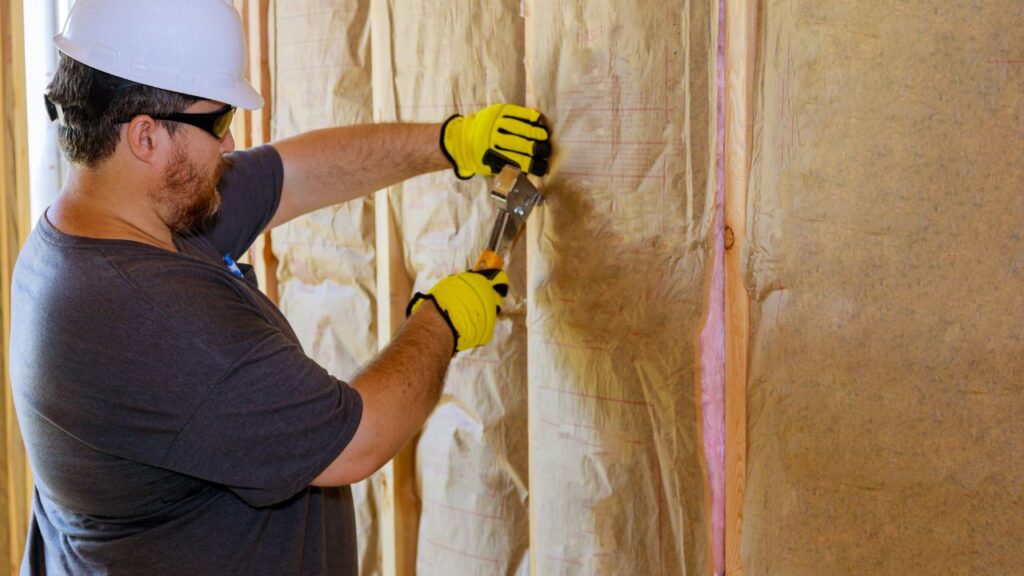
In the perpetual quest for climate nirvana within the confines of our homes, the installation of new insulation emerges as a beacon of warmth in winter’s icy grip and a shield against the relentless summer sun. “Warmer Winters, Cooler Summers: Unmasking the Cost of New Home Insulation” invites us to embark on a journey to unravel the enigma of insulation costs. As the frosty winds whisper of winter’s impending chill or the summer sun beats down mercilessly, the burning question lingers in the air like a familiar refrain – what will it cost to transform our homes into havens of comfort? Fear not, fellow comfort seekers, for this article is poised to peel back the layers of the new home insulation cost mystery.
The square footage of the spaces earmarked for insulation – be it the expansive attic, the enclosing walls, the often overlooked crawl space, or the foundational basement – stands as a pivotal factor dictating the overall cost of the insulation endeavor. The larger the area requiring insulation, the more substantial the material cost and labor involved. Each square foot becomes a canvas upon which the choice of insulation material and the meticulous craftsmanship of installation unfold. It is in understanding the scope of these spaces that one can begin to unravel the intricacies of the cost equation, ensuring a tailored approach that aligns with the unique dimensions of your dwelling.
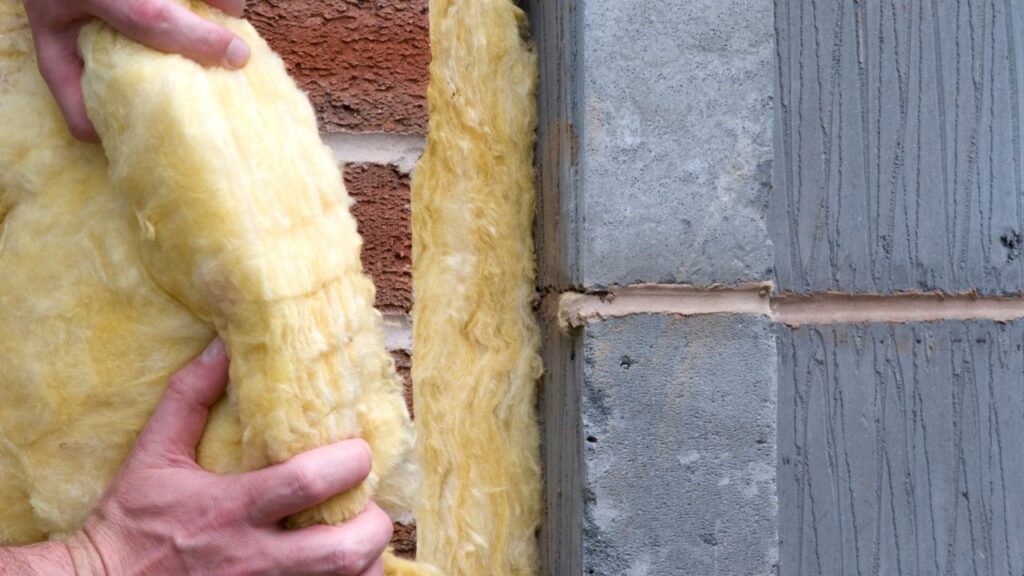
The journey into the realm of insulation costs takes a decisive turn with the selection of the material itself. From the economical embrace of fiberglass to the more luxurious allure of spray foam, each insulation type carries its own price tag, dictated by factors such as R-values (resistance to heat flow) and installation complexities. The nuanced differences in these materials can impact not only the effectiveness of insulation but also the cost per square foot. Whether opting for the tried-and-true or venturing into cutting-edge solutions, the chosen insulation type becomes a cornerstone in the construction of your climate-controlled sanctuary.

Fully Insured Licensed Hire a Contractor For Garage
Hire Contractor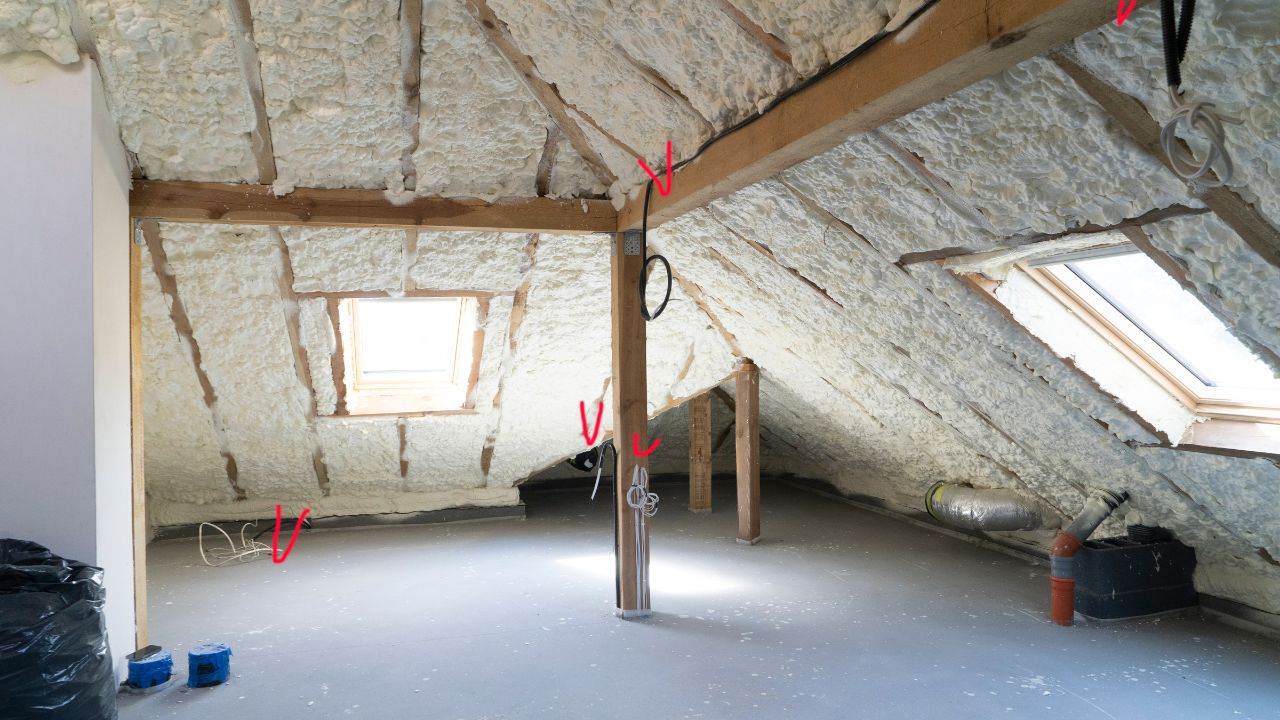
Make Informed Design Decisions Showcase Your Design Ideas
Get RenderingAs the quest for a perfectly insulated abode unfolds, the specter of existing insulation materializes as a consideration that bears weight on both the project’s complexity and cost. The removal and disposal of old insulation, particularly if it contains hazardous materials like asbestos, add an additional layer to the financial landscape. The decision to rejuvenate your living space through insulation must navigate the terrain of existing layers, contemplating not only their removal but also the potential implications for your health and the environment.
In the labyrinthine expanses of home architecture, the accessibility of spaces earmarked for insulation becomes a key determinant in the overall cost calculus. Tight crawl spaces, elusive attic angles, or hard-to-reach basements necessitate specialized equipment and a heightened investment of time, inevitably driving up the labor cost. The more intricate the geography of your home, the more resources must be allocated to ensure that every nook and cranny is bestowed with the gift of insulation. Accessibility, therefore, emerges as a pivotal factor in the budgeting process, demanding a careful examination of the spatial intricacies that shape your dwelling.
In the tapestry of insulation costs, the geographical backdrop against which the project unfolds plays a significant role. Local labor rates and the availability of insulation materials can sway the overall price, making it essential to consider the regional context. Urban landscapes may introduce higher labor rates and material costs, while rural areas may offer a more budget-friendly terrain. The location of your dwelling becomes a variable in the cost equation, necessitating a nuanced approach that accounts for the economic nuances of your specific geographic locale.
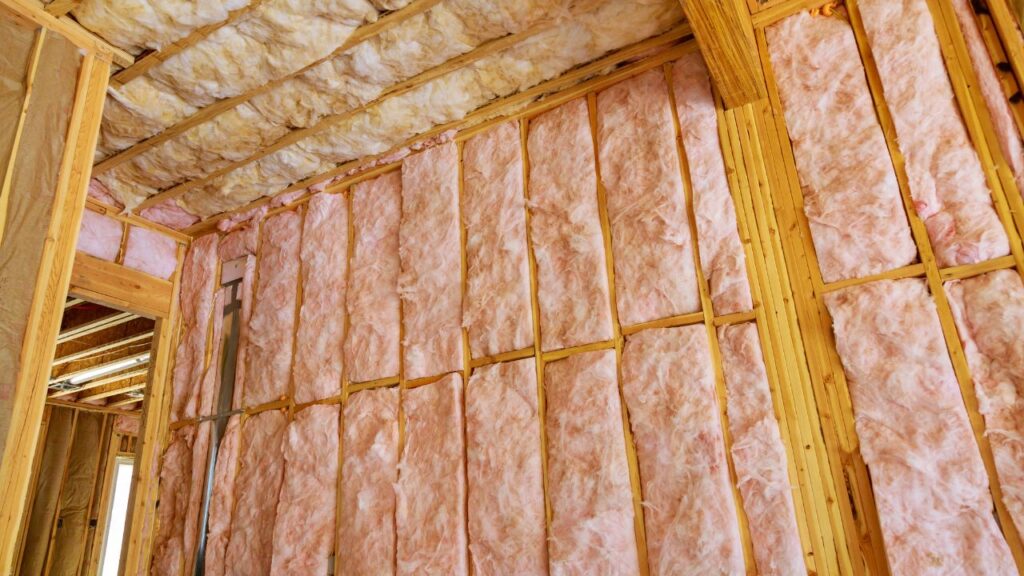
With these factors in mind, let’s explore the cost spectrum:
here is the information organized in a table format:
Insulation Type | Price per Square Foot | Estimated Cost |
Budget-friendly (e.g., fiberglass batts) | $0.80 – $2.00 | $500 – $2,560 for a typical 1,500 sq ft home |
Mid-range (e.g., rockwool or blown-in cellulose) | $2.50 – $5.50 | $1,550 – $6,040 |
High-end (e.g., spray foam) | $5.00 – $7.75 | $3,500 – $12,080 |
While the price range might seem daunting, don’t despair! Here are some tactics to orchestrate a budget-friendly insulation project:
Remember, the cost of new home insulation is more than just a number. It’s an investment in comfort, energy savings, and even your health. Consider the benefits:

In summary, the article explores the costs of installing new home insulation, dissecting the factors that influence pricing, such as the area to be insulated, type of insulation, existing insulation, accessibility, and location. The cost spectrum ranges from budget-friendly options to high-end choices, offering homeowners various solutions for comfort and energy efficiency.
The provided table breaks down estimated costs for different insulation types, aiding in decision-making based on individual needs and budgets. Beyond the financial aspects, the article emphasizes the numerous benefits of insulation, including reduced energy bills, enhanced comfort, improved indoor air quality, and increased home value.
To navigate costs effectively, readers are encouraged to compare quotes, consider DIY options cautiously, explore rebates and incentives, and prioritize key areas for insulation. Ultimately, the cost of new home insulation is an investment in a comfortable, energy-efficient home, echoing benefits that extend beyond immediate financial considerations.
Several factors contribute to insulation costs, including the area to be insulated, the type of insulation chosen, existing insulation removal, accessibility of spaces, and the geographic location of your home.
The choice of insulation depends on factors like your budget, desired insulation effectiveness (R-values), and the specific needs of your home. Consult with insulation professionals to make an informed decision.
Removing old insulation may be necessary, especially if it contains hazardous materials like asbestos. This process adds an extra layer to the overall cost, considering the labor and disposal involved.
Yes, the square footage of the spaces to be insulated directly influences material costs and labor. Larger homes generally require more insulation, impacting the overall expense.
Tight crawl spaces, complex attic angles, or hard-to-reach basements may require specialized equipment and more time, increasing labor costs. Accessibility is a key factor in budgeting for insulation projects.
Yes, the location of your home plays a role in insulation costs. Urban areas may have higher labor rates and material costs, while rural areas may offer more budget-friendly options.
Costs vary based on the insulation type. Budget-friendly options like fiberglass batts may cost between $0.80 to $2.00 per square foot, while high-end choices like spray foam can range from $5.00 to $7.75 per square foot.
Consider obtaining quotes from multiple contractors to find the best value. For accessible areas, exploring DIY options with proper safety measures can save money. Additionally, check for rebates and incentives offered in your region.
Beyond immediate costs, insulation provides benefits such as reduced heating and cooling expenses (up to 30%), enhanced comfort, improved indoor air quality, and increased home value, making it a valuable long-term investment.
Focus on key areas like the attic and basement, as these often provide the most significant return on investment in terms of energy efficiency and overall comfort.
Here I am going to share some steps to get your Cost to Install New Home Insulation Estimating report.
You can send us your plan on info@estimatorflorida.com
Before starting your project, we send you a quote for your service. That quote will have detailed information about your project. Here you will get information about the size, difficulty, complexity and bid date when determining pricing.
Our team will takeoff and estimate your project. When we deliver you’ll receive a PDF and an Excel file of your estimate. We can also offer construction lead generation services for the jobs you’d like to pursue further.

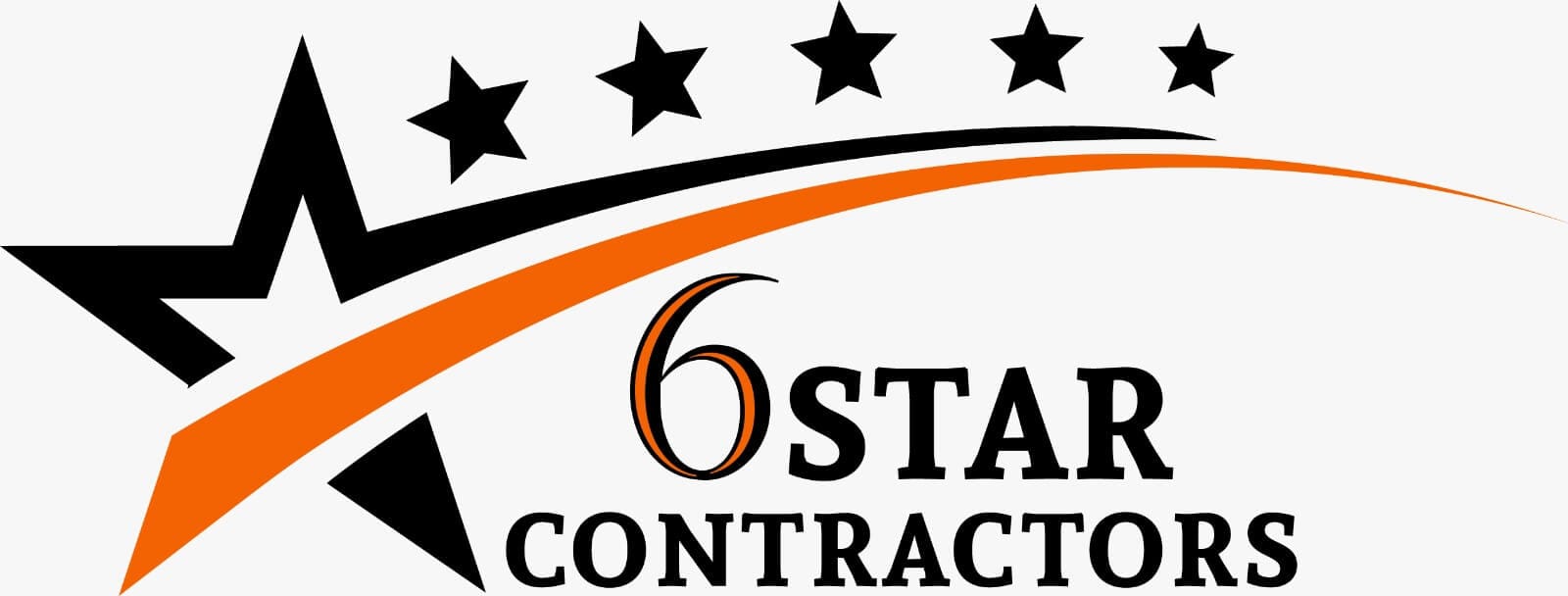

561-530-2845
info@estimatorflorida.com
Address
5245 Wiles Rd Apt 3-102 St. Pete Beach, FL 33073 United States
561-530-2845
info@estimatorflorida.com
Address
5245 Wiles Rd Apt 3-102 St. Pete Beach, FL 33073 United States
All copyright © Reserved | Designed By V Marketing Media | Disclaimer